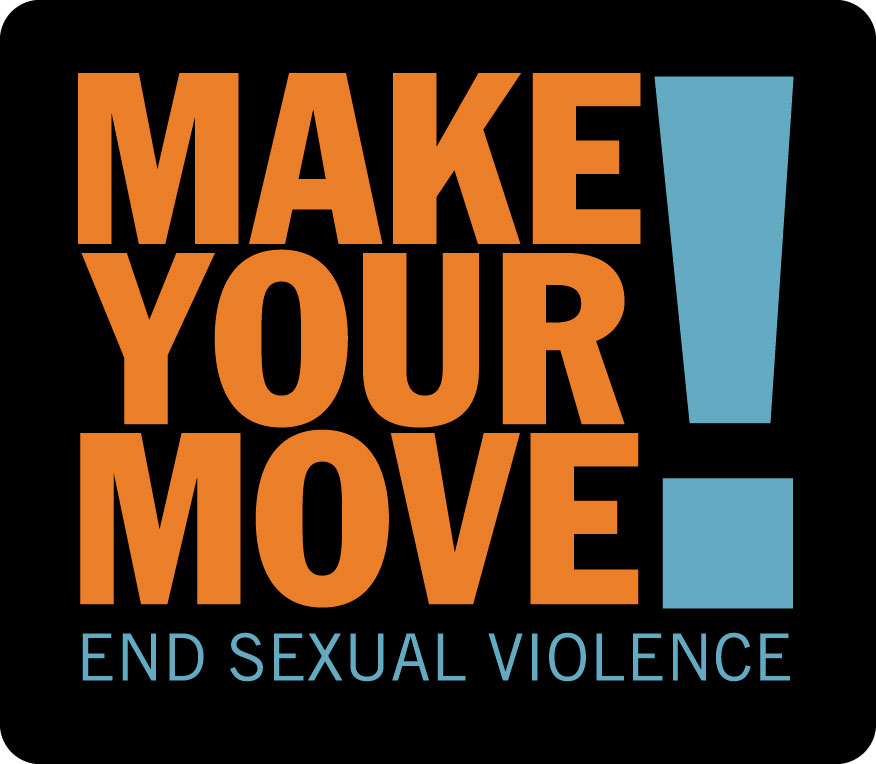WHAT IS BYSTANDER INTERVENTION?
A bystander, or witness, is someone who sees a situation but may or may not know what to do, may think others will act or may be afraid to do something. Bystander intervention programs teach potential witnesses safe and positive ways that they can act to prevent or intervene when there is a risk for sexual violence.
This approach gives community members specific roles that they can use in preventing violence, including naming and stopping situations that could lead to violence before it happens, stepping in during an incident, and speaking out against ideas and behaviors that support violence. It also gives individuals the skills to be an effective and supportive ally to survivors after an assault has taken place. Research shows that this technique is a promising way to help prevent the widespread problem of sexual violence across campuses and communities.
Take Action
Five Steps Towards Intervention
Notice the event along a continuum of actions.
Consider whether the situation demands your action.
Decide if you have a responsibility to act.
Choose what form of assistance to use.
Understand how to safely implement your choice.
Strategies to Try
Bring it Home
Prevents someone from distancing himself from the impact of his actions.
“What if someone said your girlfriend deserved to be raped?”
“I” statements
1. State your feelings, 2. Name the behavior, 3. State how you want the person to respond.
This focuses on your feelings rather than criticizing the other person.
“I feel ____ when you ____. Please don’t do that anymore.”
Humor
Reduces the tension of an intervention and makes it easier for the person to hear you. Do not undermine what you say with too much humor. Funny doesn’t mean unimportant.
Silent Stare
Remember, you don’t have to speak to communicate. Sometimes a disapproving look can be far more powerful than words.
Group Intervention
There is safety and power in numbers. Best used with someone who has a clear pattern of inappropriate behavior where many examples can be presented as evidence of his or her problem.
We’re Friends, Right….?
Frame the intervention as caring and non-critical.
“Hey Chad, as your friend I’ve gotta tell you that getting a girl drunk to have sex with her is a dumb move. You’re better than that.”
Distraction
Snaps someone out of their “sexist comfort zone.” Allow a potential target to move away and/or to have other friends intervene.
Ask a man harassing a woman on the street for directions or the time.
Spill your drink on the person or interrupt and start a conversation with the person.
(Adapted from Men Can Stop Rape, www.mencanstoprape.org, 2006)

